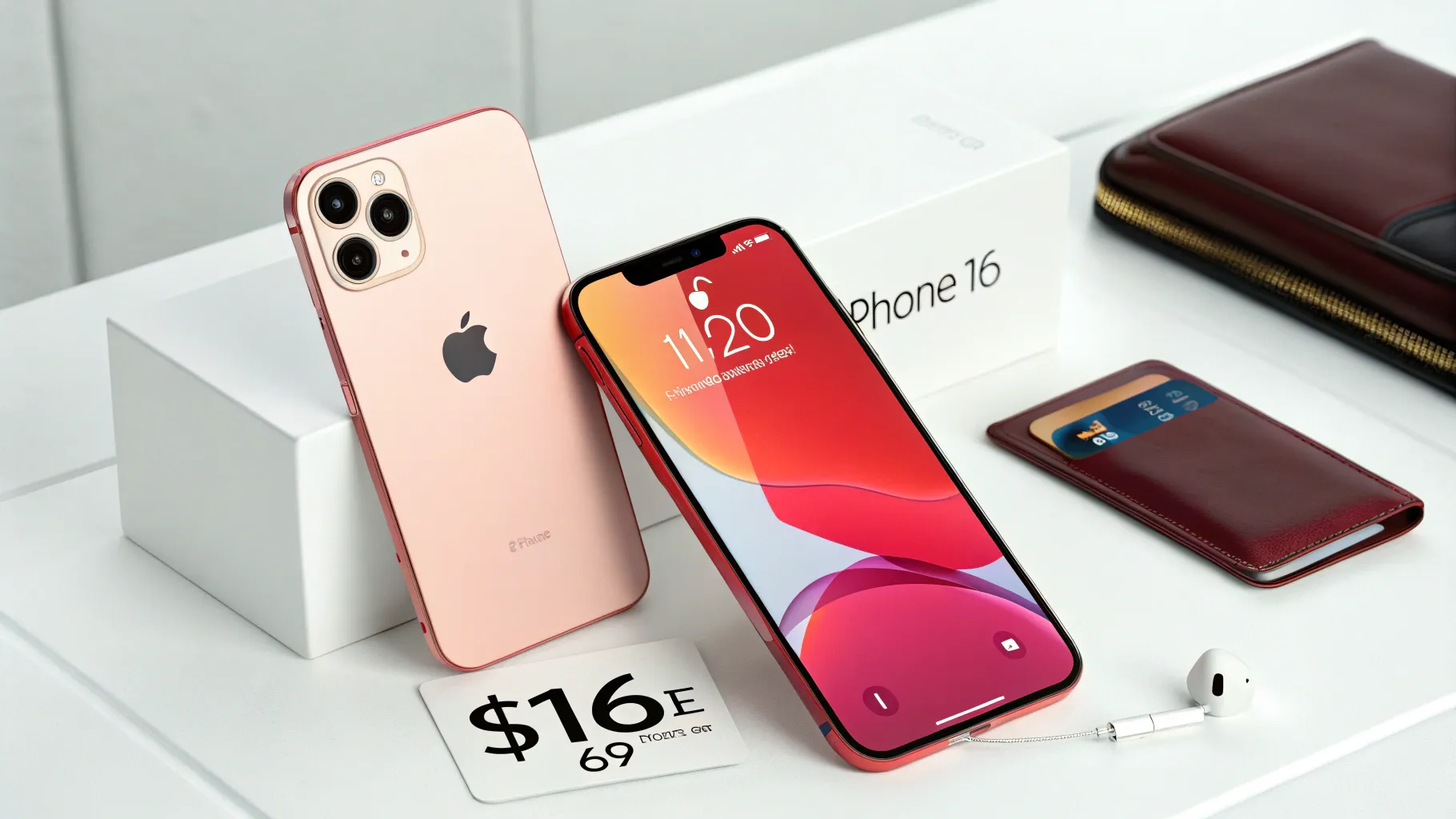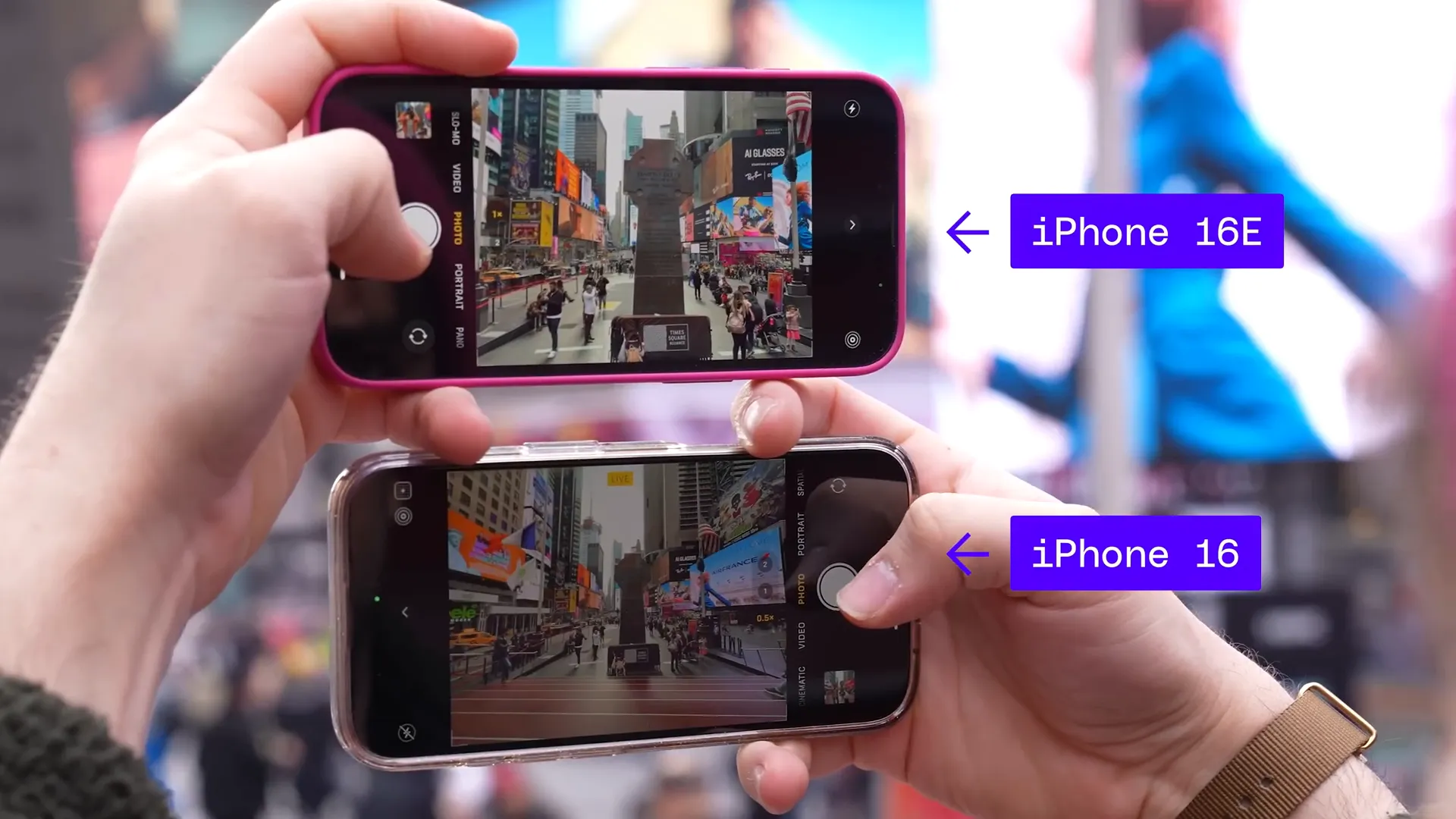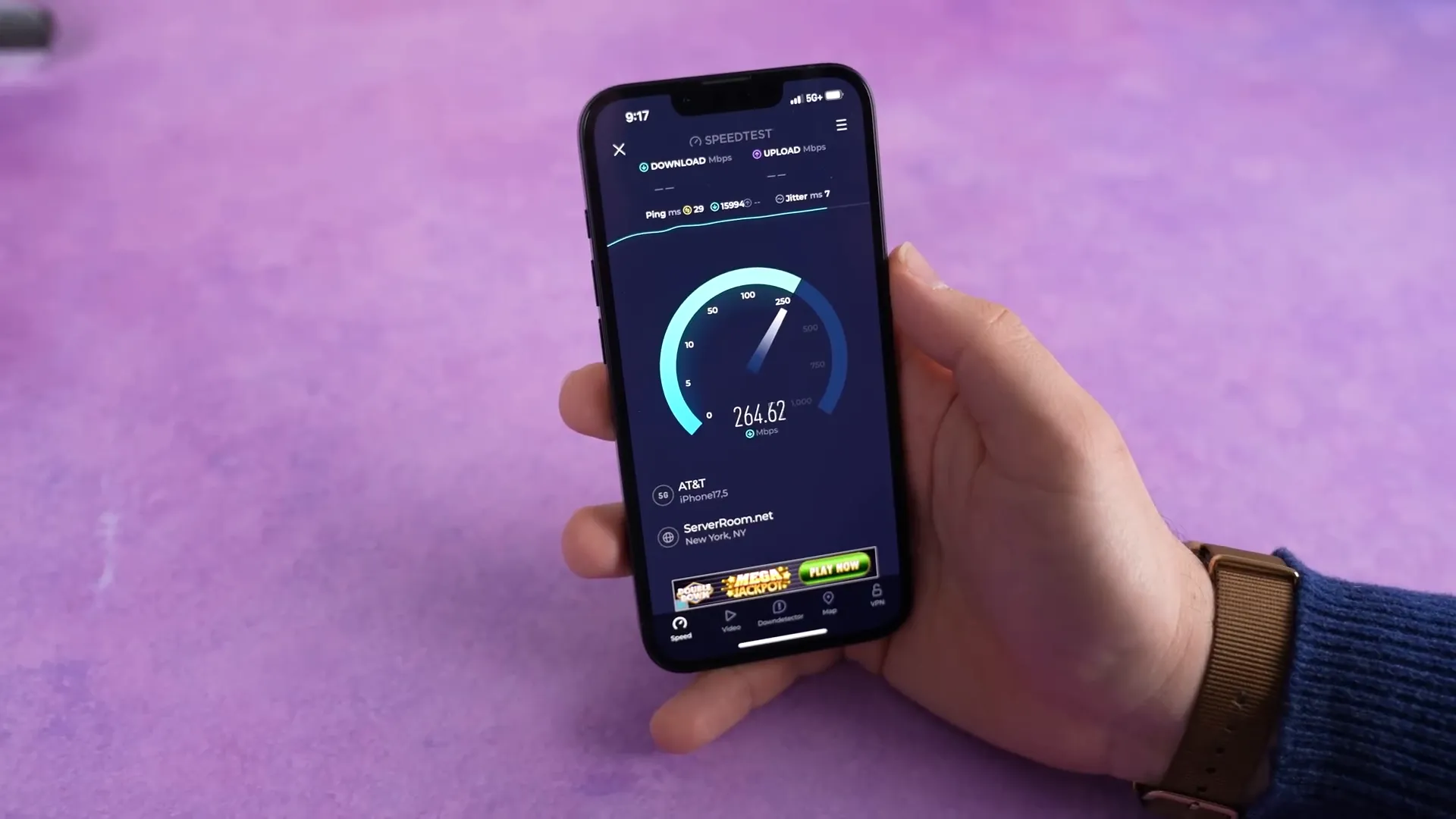
The iPhone 16E is touted as Apple's budget-friendly option, but at a starting price of $599, it raises the question: is it really a deal? In this blog, we’ll explore the features, drawbacks, and overall value of the iPhone 16E to see if it lives up to its potential as the cheapest iPhone.
Table of Contents
- Intro — Who is it for?
- iPhone 16 or 16E?
- What’s missing?
- C1 Modem: A New Era?
- Too Expensive for What You Get?
- What Does 'E' Stand For?
- Is the iPhone 16E Worth It?
- Comparing Features: iPhone 16 vs 16E
- Real-Life Testing: Performance Insights
- User Experience: The Missing Essentials
- Final Thoughts: The Future of Budget iPhones
- FAQ: Common Questions About iPhone 16E
Intro — Who is it for?
The iPhone 16E is designed for those who want the essential iPhone experience without breaking the bank. If you crave the core features of an iPhone but don’t need every single bell and whistle, this phone could be for you. It’s an ideal choice for first-time iPhone users, budget-conscious consumers, or anyone seeking a reliable smartphone without the premium price tag.
iPhone 16 or 16E?
The choice between the iPhone 16 and the iPhone 16E boils down to what features you value most. The iPhone 16 offers enhancements like a dual camera system and MagSafe compatibility, making it a more versatile option. In contrast, the 16E provides a solid core experience but sacrifices some features, such as the ultra-wide lens and advanced stabilization. If you prioritize photography or advanced connectivity, the iPhone 16 may be the better pick.
Key Differences
- Camera: The iPhone 16E lacks the ultra-wide lens, limiting your photography options.
- MagSafe: Unlike the 16, the 16E does not support MagSafe accessories.
- Performance: Both models feature Apple's A18 chip, but the 16E has a slightly less powerful GPU.
What’s missing?
The iPhone 16E has a few notable omissions that might give potential buyers pause. For one, it lacks the ultra-wide camera, making wide-angle shots a challenge. Additionally, you won't find MagSafe support, which has become a standard feature in many iPhones. Beyond these, there are smaller features missing, like the advanced portrait mode and certain high-speed connectivity options.
Feature Summary
- No ultra-wide camera, limiting versatility.
- Absence of MagSafe for accessory compatibility.
- Older version of portrait mode without cinematic video options.
- Missing advanced Wi-Fi 7 capabilities.
C1 Modem: A New Era?
The introduction of the C1 modem marks a significant shift for Apple, as it’s the first in-house modem used in an iPhone. This transition from Qualcomm's chips to Apple’s own technology represents a bold step. The C1 modem is meant to enhance connectivity, but its performance in real-world scenarios remains to be fully assessed.
Performance Insights
Initial tests suggest that the C1 modem holds its own against competitors. Users have reported consistent performance across various networks, with no significant drops in connectivity or speed. However, as with any new technology, long-term reliability will be key in determining its success.
Too Expensive for What You Get?
At a starting price of $599, the iPhone 16E raises eyebrows. While it’s cheaper than the iPhone 16, many feel it still carries a hefty price tag for what’s included. The absence of MagSafe and the ultra-wide lens makes it seem less like a value proposition and more like a compromise.
Consumer Expectations
Expectations were high for the iPhone 16E, especially for those hoping for an affordable alternative with all the essential features. The reality, however, is a device that may leave some feeling underwhelmed. It’s a solid phone, but it may not justify its price point for those familiar with what other brands offer in the same range.
What Does 'E' Stand For?
The 'E' in iPhone 16E has sparked a lot of speculation. While it might stand for "Essential," given the stripped-down features, it could also imply "Entry-level." This model is clearly aimed at a different market segment, one that may prioritize affordability over advanced features.
Decoding 'E'
- Essential: Focused on providing core iPhone functionalities.
- Entry-level: Targeted at new iPhone users or those looking for a basic smartphone.
- Economical: A more budget-friendly option within Apple's lineup.

Is the iPhone 16E Worth It?
When weighing the value of the iPhone 16E, it's essential to consider what you're getting for your money. At $599, it sits at a price point that’s lower than its flagship counterpart, the iPhone 16. However, the question remains: does it deliver enough to justify that cost?
The iPhone 16E provides a robust set of features for the budget-conscious consumer. It boasts a solid camera, the A18 chip, and a reliable battery life. Yet, the absence of key features like MagSafe and the ultra-wide camera may leave potential buyers feeling like they're missing out. If you prioritize essential iPhone functionalities without the frills, the iPhone 16E may be the right choice.
Ultimately, it boils down to personal preference. If you can live without some advanced features, the 16E offers a compelling entry point into the Apple ecosystem. However, for those who seek a more comprehensive experience, investing in the standard iPhone 16 could be worthwhile.
Comparing Features: iPhone 16 vs 16E
To make an informed decision, let’s break down the key differences between the iPhone 16 and the iPhone 16E. While they share some core elements, the discrepancies can significantly affect your user experience.
Camera Capabilities
- iPhone 16: Dual-camera system featuring a 48-megapixel main camera and an ultra-wide lens.
- iPhone 16E: 48-megapixel main camera but lacks the ultra-wide lens, limiting photography versatility.
Charging and Accessories
- iPhone 16: Supports MagSafe for seamless accessory compatibility.
- iPhone 16E: Does not support MagSafe, which may hinder accessory use.
Performance
- Both models: Feature the A18 chip, but the 16E has a slightly less powerful GPU, affecting high-performance tasks.
Connectivity
- iPhone 16: Equipped with Wi-Fi 7 and supports millimeter wave 5G.
- iPhone 16E: Limited to Wi-Fi 6 and lacks millimeter wave 5G support.
Real-Life Testing: Performance Insights
In practical terms, the iPhone 16E performs admirably in most everyday scenarios. Users have reported satisfactory experiences during video calls and while streaming content. However, some minor stuttering in connectivity can occur, particularly in areas with weak signals. This is comparable to the performance of the iPhone 16, suggesting that the C1 modem is holding up well under pressure.
While testing both devices in various environments, users found that neither phone consistently outperformed the other. This indicates that the iPhone 16E can handle typical tasks without significant drawbacks. For most users, it offers a reliable experience that meets basic needs.

User Experience: The Missing Essentials
Despite its strengths, the iPhone 16E does have notable omissions that may frustrate some users. The lack of a dynamic island feature, which allows for multitasking and notifications, is particularly disappointing. Additionally, users miss out on cinematic video capabilities and advanced portrait modes, which can enhance photography.
For users who enjoy taking photos or using their device for creative pursuits, these missing features could be a dealbreaker. The absence of MagSafe is also a downside, especially for those who rely on wireless charging and accessories. In essence, while the iPhone 16E is functional, it may not fully satisfy users looking for a more sophisticated experience.
Final Thoughts: The Future of Budget iPhones
The iPhone 16E represents a shift in Apple's strategy for budget smartphones. It aims to provide an essential iPhone experience without the premium price tag. However, it also raises questions about what consumers expect from a budget device. As technology continues to evolve, it's crucial for Apple to find the balance between affordability and feature-rich offerings.
For those who simply need a reliable smartphone for everyday tasks, the iPhone 16E is a commendable choice. However, for users who desire more advanced features and capabilities, investing in the iPhone 16 may be the better option. The budget smartphone market is rapidly changing, and Apple must adapt to meet consumer demands while maintaining its reputation for quality.
FAQ: Common Questions About iPhone 16E
Here are some frequently asked questions regarding the iPhone 16E:
- 1. Does the iPhone 16E support 5G? Yes, it supports 5G but lacks millimeter wave capabilities.
- 2. Is the performance of the iPhone 16E comparable to the iPhone 16? Generally, yes. Both devices perform well, but the 16E has a slightly less powerful GPU.
- 3. What is the main drawback of the iPhone 16E? The lack of MagSafe and the ultra-wide camera are significant omissions that could affect user experience.
- 4. Who should consider buying the iPhone 16E? It's ideal for those seeking a basic iPhone experience without needing advanced features.




0 Comments